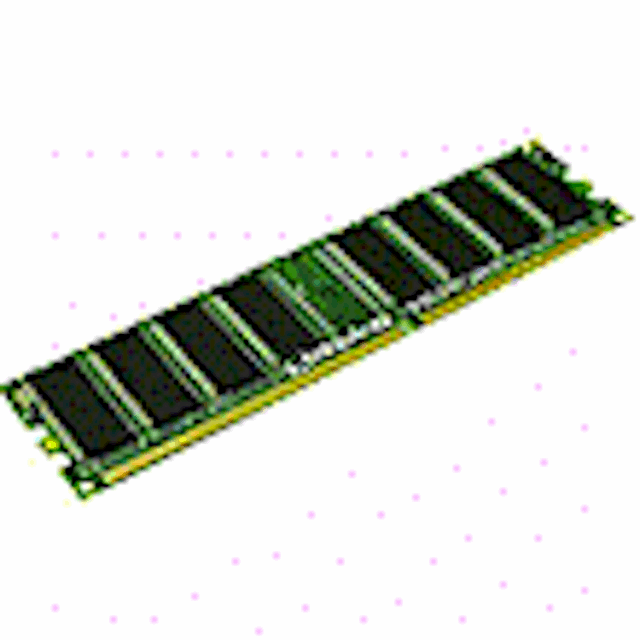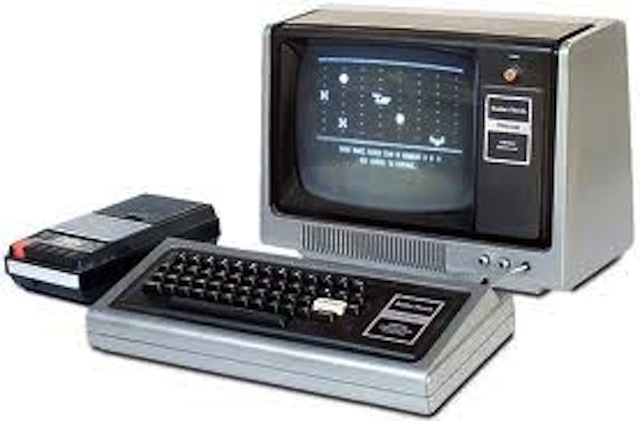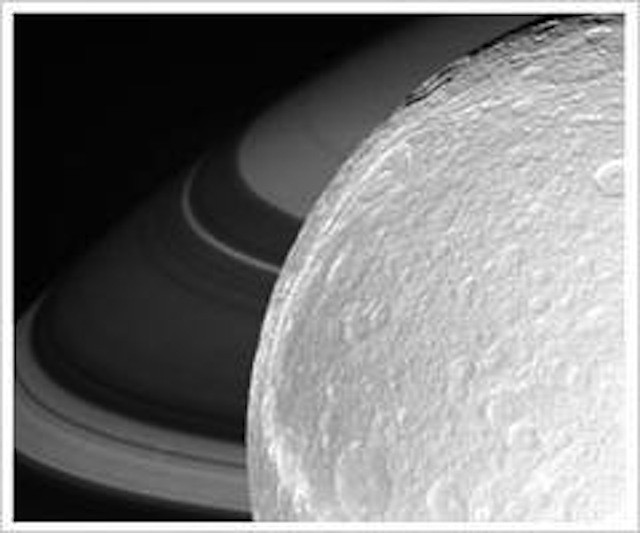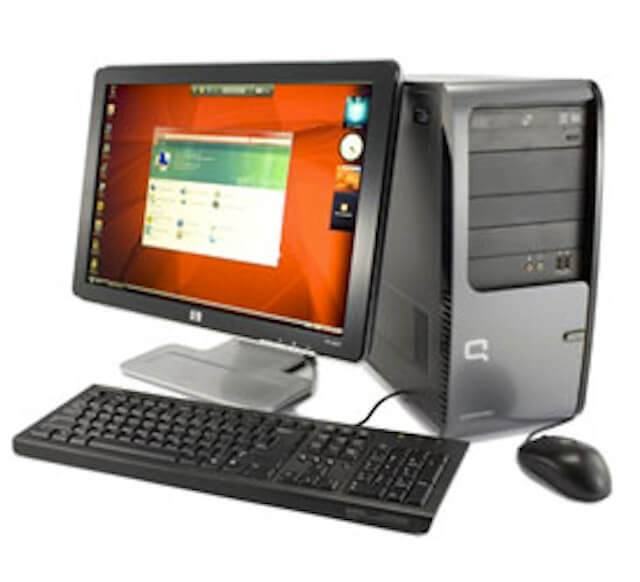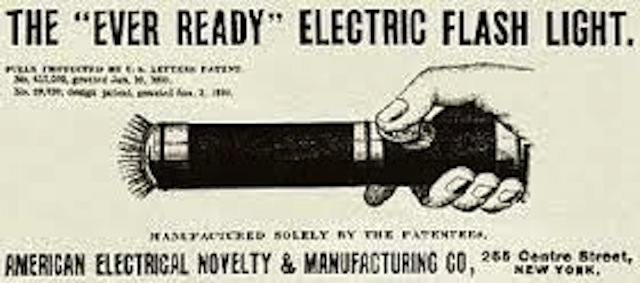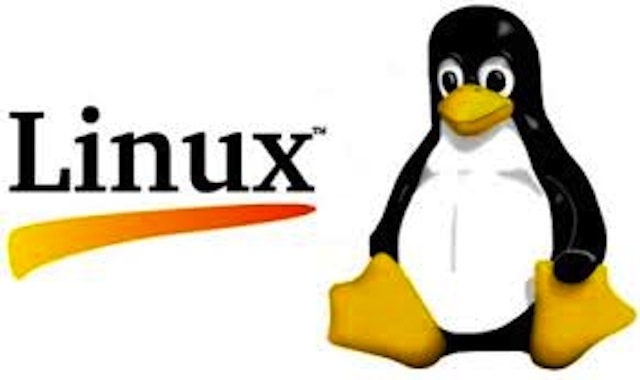Geek Fact for September 5th
In 1932, Robert Dennard, the inventor of Dynamic Random Access Memory, was born. in the mid-1960s, Random Access Memory (RAM) required an elaborate system of wires and magnets that was bulky and power hungry. Dennard’s revolutionary achievement was to reduce RAM to a memory cell […]
